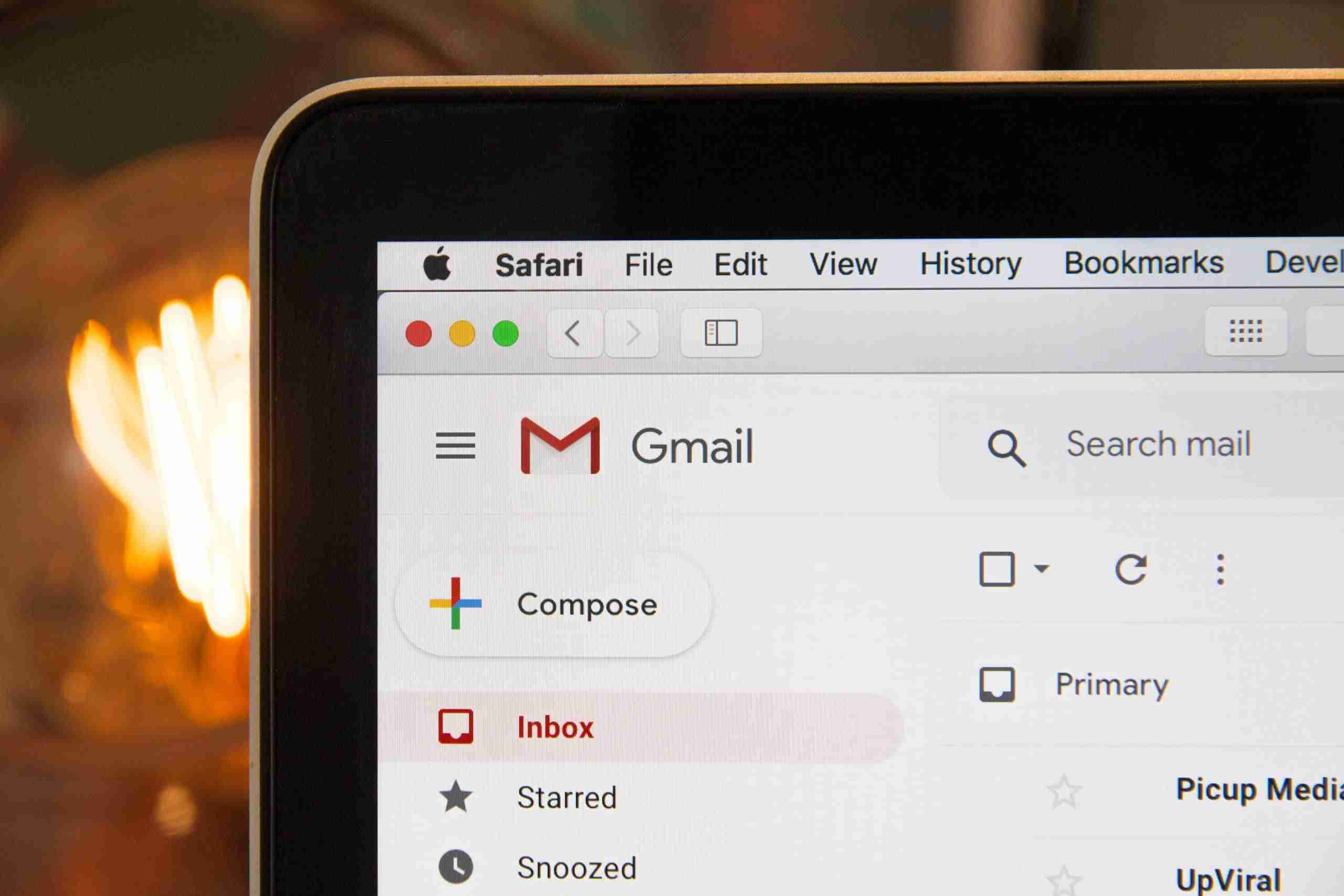Introduction
To effectively increase leads on your website without relying on additional traffic, it’s essential to optimize your existing site’s performance and user engagement strategies. In this article, we’re diving into how to increase leads on your website—without spending a single extra dollar on traffic. I’ll walk you through seven proven strategies that actually move the needle. We’ll cover how to optimize your value proposition so visitors instantly get what you offer… how to enhance your on-page lead capture elements to turn casual browsers into active prospects… and how to use behavioral triggers to engage users at exactly the right moments.
We’ll also look at how improving your user experience can dramatically boost conversions, why A/B testing is non-negotiable, and how to use social proof to build instant trust. Plus, I’ll show you how to monitor and analyze performance so you can keep improving, week after week.
Stick around till the end, because I’ve got a free bonus that will help you apply these strategies right away and start generating more leads from the traffic you already have. Let’s get into it.
Optimize Your Value Proposition
To effectively increase leads on your website, start by refining your value proposition—the single most important message your visitors see. This is not just a catchy slogan; it’s a clear and compelling statement that answers the question every visitor has: “What’s in it for me?”
Your value proposition should speak directly to your audience’s pain points and offer a promise of transformation. It must highlight what makes you different, why they should care, and how your solution makes their life or business better. It’s the bridge between your product or service and the results your ideal customer wants.
Place this message front and center on your homepage, above the fold, and reinforce it throughout your landing pages. Use simple, direct language that resonates with your audience’s real needs. Avoid jargon. Make it about them—not you.
A high-performing value proposition often includes these four elements:
The problem you solve
The specific outcome your customers will get
Who it’s for
What makes it better or different from other solutions
For example:
“Turn your website into a lead-generating machine—without spending a dollar more on traffic. Our 6 DIMENSIONS Framework helps service businesses convert more of their existing visitors into qualified leads, faster.”
When your value proposition is laser-focused and outcome-driven, it becomes your most powerful tool in converting cold traffic into warm leads—without adding a single new visitor.
Enhance On-Page Lead Capture Elements
To increase leads on your website, it’s critical to turn passive visitors into active prospects—and that starts with strategic, user-centered lead capture elements. These are the tools that quietly (yet powerfully) guide visitors to take action, share their information, and move deeper into your funnel.
Strategic CTAs (Calls-to-Action) should be clear, action-oriented, and contextually placed. Don’t just drop a button at the bottom of your page. Instead, place CTAs throughout your content—after explaining a benefit, sharing a testimonial, or outlining a problem you solve. Use persuasive language like “Get My Free Guide,” “Book My Free Strategy Call,” or “See How It Works”—anything that highlights what the visitor will gain.
Lead Magnets are high-value incentives offered in exchange for contact info. These could be eBooks, checklists, free consultations, quizzes, case studies, or even mini-courses. The key is relevance—your lead magnet should solve a small but urgent problem your audience faces, while naturally leading them to want more from you.
Intuitive Forms close the gap between interest and action. Keep them short and simple. Ask only for the essentials—usually a name and email is enough to start. Use smart UX: auto-fill options, mobile-friendly layouts, progress indicators (for multi-step forms), and confirmation messages that reassure users their submission was successful.
When these three elements work together, they create a frictionless experience that guides visitors toward conversion—without overwhelming or confusing them. The result? A steady increase in high-quality leads, right from your existing traffic.
Implement Behavioral Triggers
One of the most effective ways to increase leads on your website is by using behavioral triggers—smart tools that respond to how users interact with your site in real time. Instead of waiting for users to take action, behavioral triggers proactively engage them at critical moments, increasing the chances of conversion.
Exit-intent popups are designed to detect when a user is about to leave your site and present a compelling offer just in time. Whether it’s a limited-time discount, a free resource, or a reminder to schedule a call, these popups act as a second chance to capture a lead before they disappear. Keep the message concise, benefit-driven, and visually engaging.
Scroll-based prompts trigger when a visitor has engaged deeply with your content—usually by scrolling 50% or more of a page. At that moment, introduce a relevant call-to-action, such as a content upgrade, a case study download, or a CTA to book a call. Since this user has shown interest, the likelihood of conversion is much higher.
Chatbots provide a seamless, interactive experience by offering real-time assistance. Instead of users hunting for answers, your chatbot can ask qualifying questions, suggest content, or guide them to book a call. AI-powered bots can even personalize conversations based on pages visited or time on site, making the interaction feel human and helpful.
Together, these behavioral triggers transform passive browsing into active engagement—helping you capture more leads from the traffic you already have.
⚡ Improve User Experience (UX)
To consistently increase leads on your website, you must deliver an effortless, intuitive, and enjoyable user experience. Even the most compelling offer or call-to-action can fall flat if your site frustrates or confuses visitors. UX isn’t just about design—it’s about removing friction from every step of the user journey.
Start by simplifying navigation. Your menu structure should be clear, consistent, and limited to only the most important pages. Use logical categories, clear labels, and prominent CTAs that direct users where to go next. When users can find what they’re looking for without thinking twice, they’re far more likely to stick around—and convert.
Next, enhance your page load speed. Slow websites lose both leads and credibility. Optimize images, reduce server requests, and clean up unnecessary code to ensure your pages load in under 3 seconds. A lightning-fast site not only improves engagement but also boosts your SEO rankings, giving you an additional edge.
Finally, make mobile responsiveness a priority. With over half of all web traffic coming from mobile devices, your website must look and function flawlessly on smartphones and tablets. Responsive design ensures that users can read, navigate, and complete forms without zooming, pinching, or struggling with buttons that are too small.
A clean, fast, and mobile-friendly experience builds trust, reduces bounce rates, and keeps users focused on your offer. The better the user experience, the more likely visitors are to take action—and become qualified leads.
Conduct A/B Testing
A/B testing is one of the most powerful tactics you can use to increase leads on your website. Instead of guessing what works, you let real user data show you which version of a webpage, element, or message performs best. By systematically testing one variable at a time, you uncover what truly resonates with your audience—and refine your site for maximum conversions.
Start with headlines and copy, since these are often the first things visitors notice. Test different value-driven messages, tones of voice, and benefit statements. You may find that emphasizing a specific pain point or outcome dramatically improves engagement and lead submissions.
Next, experiment with CTA placement and design. Should your call-to-action appear above the fold or after key sections? Does a bold button with a contrasting color outperform a minimalist link? Even subtle differences in wording—like “Get Started” versus “Book Your Free Call”—can have a measurable impact on click-through rates.
Don’t overlook form fields. A form that’s too long can deter users, while one that’s too short may not qualify leads properly. Test different combinations: reduce fields, make optional ones clear, and try multi-step forms to ease psychological resistance. You might discover that asking for a phone number later, rather than upfront, significantly boosts completions.
Continuous A/B testing isn’t just about optimizing pages—it’s about creating a high-converting experience tailored to your audience’s preferences. Over time, these small wins stack up to big increases in qualified leads from your existing traffic.
Leverage Social Proof
If you want to increase leads on your website, one of the most powerful tools at your disposal is social proof. When potential customers see that others have already trusted you—and gotten real results—they’re far more likely to do the same. It builds credibility, lowers skepticism, and creates a sense of trust before you ever speak to them directly.
Start with customer testimonials. These short, sincere statements from real clients validate your promises and demonstrate your ability to deliver results. Use testimonials throughout your site, especially near calls-to-action, pricing pages, and landing pages. Include names, photos, company logos, or even short video clips for added authenticity.
Next, go deeper with case studies. These are detailed success stories that walk visitors through a client’s journey—what problem they faced, how your solution helped, and the tangible results they achieved. Well-structured case studies position you as a problem-solver and make your service feel proven and actionable. They also help prospects imagine similar results for themselves.
Don’t forget about trust badges and certifications. These could include industry awards, third-party seals (like SSL security), verified partnerships, or membership in reputable associations. They may seem small, but visually they have a powerful psychological impact—signaling that you’re professional, safe, and recognized.
By weaving social proof into your website experience, you reduce hesitation and increase confidence. The more trust you build upfront, the more likely visitors are to convert into leads—and ultimately, paying customers.
Monitor and Analyze Performance
To sustainably increase leads on your website, you need more than just great design and copy—you need data. Monitoring and analyzing performance allows you to understand how users interact with your site, what’s working, and where opportunities for improvement lie. Without these insights, you’re flying blind.
Start by mapping your conversion funnels. These show the exact steps users take from landing on your site to completing a desired action, such as filling out a form or booking a call. When you track drop-off points in the funnel, you can pinpoint which pages or elements are causing friction and make targeted optimizations to improve flow and boost conversions.
Next, use heatmaps to visually understand how visitors engage with your pages. Heatmaps reveal where people click, how far they scroll, and which parts of the page they ignore. This data helps you refine page layout, reposition CTAs, and adjust content hierarchy to align with user behavior. Sometimes a simple repositioning of a button can significantly increase leads.
Finally, don’t underestimate the value of user feedback. While analytics show what users are doing, direct feedback tells you why. Use quick surveys, feedback widgets, or post-conversion questions to gather insights about user experience, obstacles, and expectations.
Together, these tools provide a complete picture of your website’s performance. By constantly monitoring, testing, and adapting based on real user behavior, you can make smarter decisions that lead to continuous improvement—and a steady growth in high-quality leads.
✅ In Conclusion
If your goal is to increase leads on your website, the answer isn’t always driving more traffic—it’s making the most of the traffic you already have. Every visitor who lands on your site is a potential lead, and by focusing on intentional, user-focused strategies, you can convert more of them without spending more on ads or SEO.
Start by clearly communicating your value proposition so visitors immediately understand what you offer and why it matters to them. Then, optimize your lead capture with strategic CTAs, high-value lead magnets, and simple forms that make it easy for users to take the next step. Use behavioral triggers to engage visitors in real time and improve user experience across all devices with clean navigation, fast load speeds, and mobile responsiveness.
Testing is also essential. Through A/B testing, you gain insights into what truly works—from messaging to design—and continuously refine your site for better performance. Build trust with social proof like testimonials, case studies, and certifications, reinforcing that others have chosen and benefited from your services. Finally, monitor user behavior with analytics, heatmaps, and direct feedback to identify drop-off points and uncover new opportunities for optimization.
Ultimately, the key to increasing leads lies in delivering real value, reducing friction, and guiding your visitors with clarity and confidence. Small improvements, applied consistently, lead to big results. Focus on these core areas and you’ll transform your website into a powerful lead-generating machine—without ever needing to chase more clicks.
Key Takeaways to Increase Leads on Your Website
You don’t need more traffic to generate more leads—just smarter optimization of your current visitors.
A strong, clear value proposition is essential for grabbing attention and converting interest into action.
Lead capture elements like CTAs, lead magnets, and intuitive forms must work together to reduce friction.
Using behavioral triggers such as exit-intent popups and chatbots keeps visitors engaged at the right moments.
A smooth, mobile-friendly user experience builds trust and encourages conversions.
A/B testing reveals what resonates most with your audience, allowing you to fine-tune for better results.
Social proof builds credibility—testimonials, case studies, and trust badges remove doubt and encourage action.
Ongoing performance tracking via analytics, heatmaps, and user feedback ensures continuous improvement.
✅ Actionable Tips You Can Implement Today
Rewrite your homepage headline to clearly state what problem you solve and for whom.
Add a lead magnet (checklist, ebook, free consultation) to your highest-traffic pages.
Insert CTAs mid-content—not just at the end—to capture engaged users in the moment.
Set up an exit-intent popup offering something valuable before users leave.
Simplify your lead forms—remove unnecessary fields and test a multi-step version.
Run an A/B test on your CTA button color, text, or placement.
Add a testimonial slider or video case study on your key landing pages.
Use heatmap tools (like Hotjar or Crazy Egg) to see where users are engaging or dropping off.
Survey recent leads or customers—ask what made them convert and where they had doubts.
Commit to monthly website audits to identify friction points and optimize continuously.
Small changes, applied strategically, can lead to significant growth in leads—without increasing your ad spend.
As promised, I’ve created a bonus checklist you can download >> Free Conversion Rate Optimization Checklist <<. This checklist breaks down every strategy we covered in this video into simple, actionable steps you can apply to your own website—starting today.
Whether you’re optimizing your value proposition, tweaking your lead forms, or setting up behavioral triggers, this checklist will help you stay focused, stay organized, and make sure nothing gets missed. It’s designed to help you move from just watching the video… to actually implementing the changes that increase leads on your website.
So don’t just take notes—take action. Grab the checklist, go through it step by step, and start converting more of your existing traffic into qualified leads. Let’s turn your website into the growth engine it was meant to be.






















